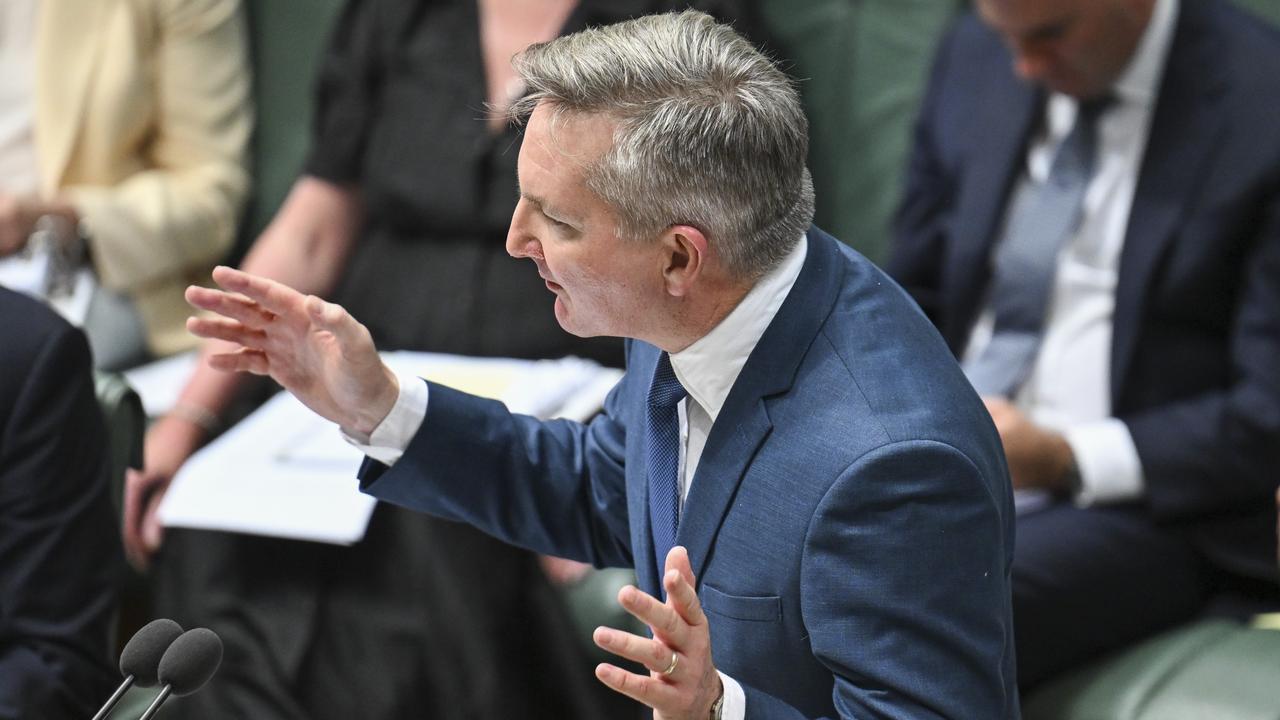Tasmania needs a shot of Mona-style thinking to navigate COVID-19 pandemic economic setbacks
I’m not saying we need David Walsh and his team, but we need some Mona-style thinking to bolster the economy against pandemic setbacks – is it Hong Kong investors, is it export businesses – what advantages can we take, asks Simon Bevilacqua.
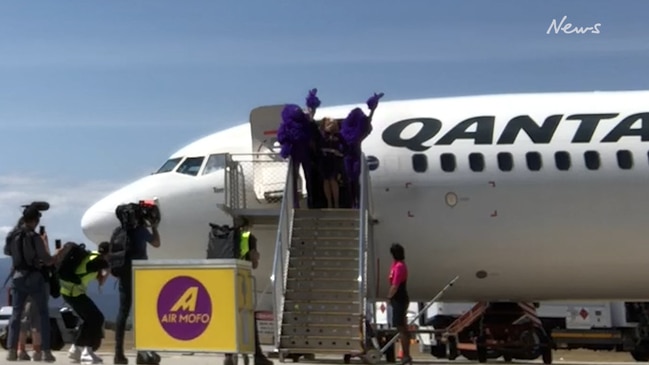
Opinion
Don't miss out on the headlines from Opinion. Followed categories will be added to My News.
TASMANIA needs a shot of Mona-style thinking to develop a daring economic strategy to navigate us through the pandemic.
I’m not necessarily suggesting we enlist David Walsh’s creative team to take on the job, but that those charged with the responsibility of our state’s economic policy adopt the independent, can-do attitude and visionary striving for which Mona is famous.
Call it what you like — left-field, outside the box — we need new ideas.

Tasmanian businesses have already shown innovation, with boutique distilleries turning to the production of hand sanitiser and high-end eateries morphing into home delivery. We need more such imagination.
Premier Peter Gutwein and the national cabinet have done a sterling job facing the health and economic threats. Mr Gutwein, new to the job after Will Hodgman’s resignation in January, barely had time to blink before the biggest challenge to face the state in 100 years was thrust in his lap. He has risen to the occasion.
But it is becoming clearer that Prime Minister Scott Morrison’s $70 billion bridge over these troubled waters will not get us anywhere near the other side of the problem.
The virus is rampant in Melbourne, sending Victoria into stage-four lockdown. This has ramifications. Many of our exports go via the Port of Melbourne, and Victorians are the most abundant tourists to Tasmania while many NSW and Queensland travellers come here via the Spirit ferries or flights out of Melbourne.
Tasmanian economist John Lawrence says the island is inextricably linked to Victoria.
“Our border with Victoria is by far our most crucial,” Mr Lawrence told me this week. “The lockdown there, as long as it persists, will affect us. It’s a crucial part of the supply chain whether we’re buying or selling. And the major source, together with the rest of the eastern seaboard, of tourists.”
Premier Gutwein this week reneged on lifting travel bans to and from South Australia, the Northern Territory and Western Australia, and the New Zealand link remains inexplicably slow to happen.
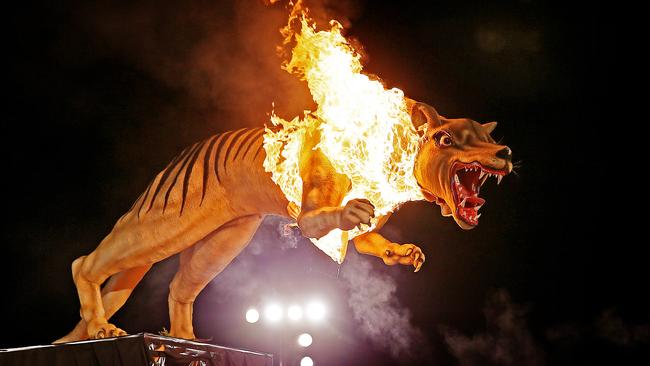
Tassie is going it alone.
Traffic on the Arthur Highway down the Forestier and Tasman peninsulas last weekend was as heavy as in the boom times six months ago. But there were no tourist buses, just bumper to bumper Tasmanians out enjoying their tourism trails.
My small family climbed in the car to drive to Remarkable Caves near Port Arthur, which is closed for remedial work on the stairs, so as to walk into the magnificent Crescent Bay.
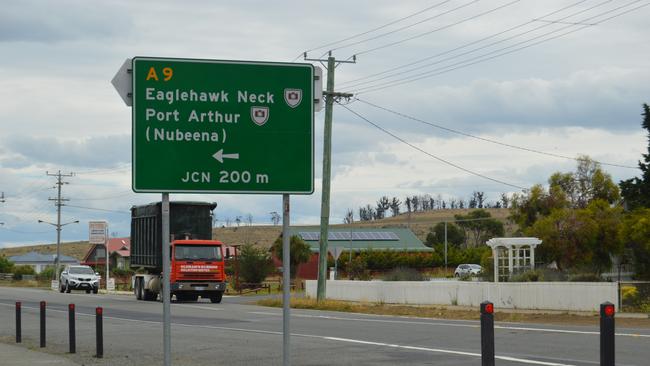
Stopping at Dunalley for lunch, we found The Cannery restaurant overlooking the water as packed to the brim as social distancing allows. The cars lining the street were as numerous as I’ve seen. Bangor Vineyard Shed was just as full, as was Dunalley Fish Market. So, we queued in the Dunalley Bakery for takeaways.
On the way home we stopped at the Dodges Ferry Hotel and Bistro for dinner. It was nearly full. The steak was delicious and chicken parmies huge. Business was booming.
Between March and May about 20,000 Tasmanians lost their jobs, however Jobseeker and Jobkeeper payments appear to be keeping the economy ticking over.
Based on the North-West Coast, Mr Lawrence tells me it’s the same in his neck of the woods: “The phenomena you observed down the Tasman Peninsula has been evident elsewhere. Our July accommodation at Tall Timbers in Smithton was better than the year before. I think some Tasmanians are happy to substitute a local holiday for a trip to Melbourne. Those [businesses] who can offer a slightly differentiated product will pick up some business.
“To some extent if the local industry can entice punters to spend locally, then a rise in local demand will offset reductions by interstate tourists. Jobseeker and Keeper have assisted enormously in getting money in the hands of punters, but there’s a few humps in the road ahead.”
Not least of those humps is that the longer Tasmania depends on federal funds to float, the harder the crash will be when they’re withdrawn.
“If the stimulus is withdrawn faster than the economy is recovering, then demand will slow and so will the economy. It will be a negative feedback loop,” Mr Lawrence explains.
“The end of Jobkeeper will reveal lots of zombie businesses. Just like undercapitalised new businesses, they will struggle to keep the wolf from the door. This is turn will add to the negative feed back loop.”
Tasmania needs Mona-style thinking to bolster the economy against pandemic setbacks that will continue for years.
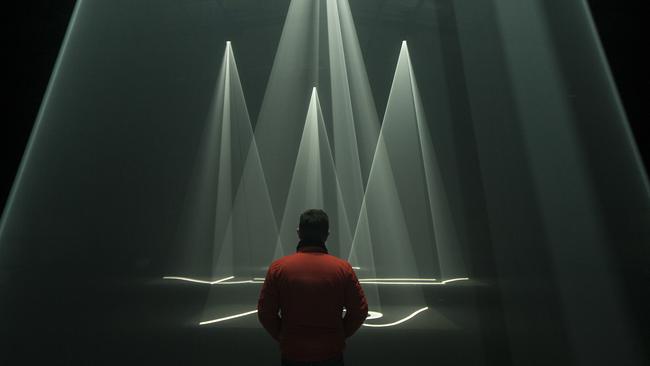
We must use this breathing space provided by federal funding to design an economy that is not dependent on such handouts because the cash will not last forever. The worst-case scenario is that Tasmania fails to recognise the harsh reality because it is insulated from the hardship by federal funding.
I was hoping the Premier’s Economic and Social Recovery Advisory Council would address these issues, but I have to join the chorus of disappointment that greeted the release of its interim report last month.
The report came up with no new ideas; no detail about how the pandemic is affecting businesses; no sector-by-sector descriptions; no analysis; and no discussion of possible fixes. If it is indicative of the quality of information put to the government, heaven help the Premier. Aside from the tired ideological refrain of “cut red tape and fix planning” (code for bugger the neighbours and the environment), the report was devoid of ideas.
Yes, constructing affordable housing is a stimulus and fulfils a desperate need but, beyond government funding, how do we attract private investment without soiling our nest? How can business change to survive? What businesses could ramp up exports to fill holes in disrupted global supply chains? Should we chase Hong Kong investors looking to relocate their lives and businesses in the face of China’s political crackdown? Should we be self-sufficient and try to supply our own demand? What advantages can be taken from the pandemic mayhem?
So many questions.
Where’s the precocious lateral thinking that Mona helped make so Tasmanian?

